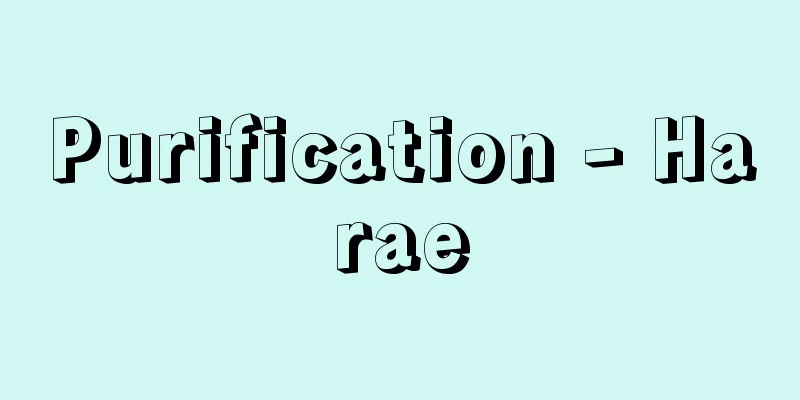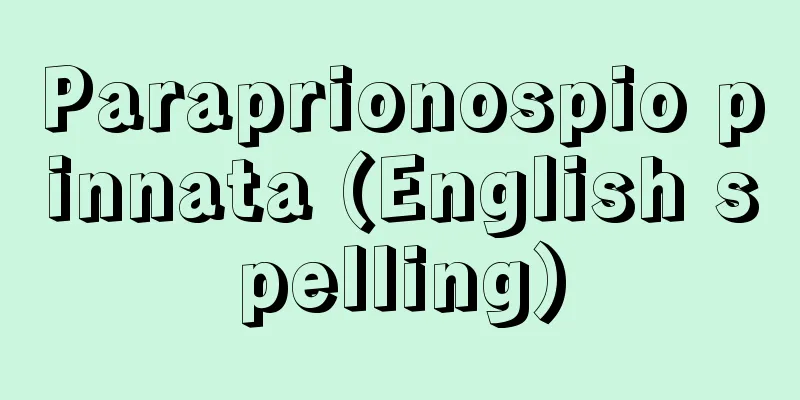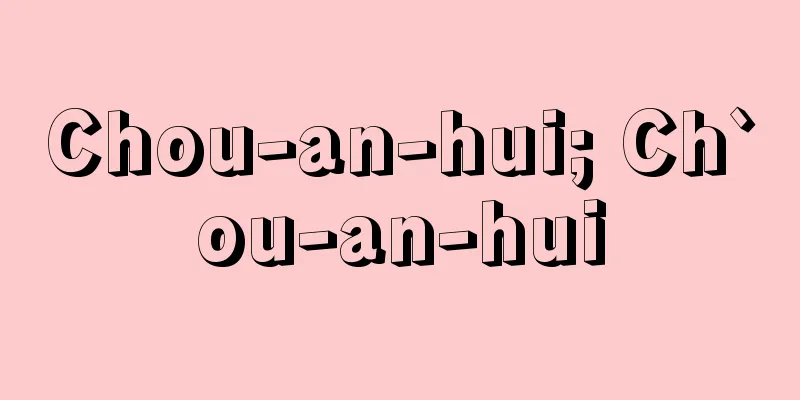Purification - Harae

|
An event to remove sins and misfortunes. It is also called "Harai." Shintoism, an ancient Japanese religious ideology, has a strong notion of aversion to impurity and valuing purity above all else, and for this reason, purification is highly valued. The origin of purification dates back to when Izanagi-no-Mikoto performed a purification ritual at Ahagihara in Odo, Tachibana, Himuka, Tsukushi to remove the impurities of Yomi no Kuni (Kita-naki Province). There are two main methods of purification: misogi, which uses water, and purification with haraenusa. In both cases, sins and impurities are banished to the underworld, the land of the roots or the land of the bottom. The idea of washing away unpleasant things with water is based on the idea of purification. In Shinto, a purification ritual is always performed before worshipping at a shrine, and this is called shubatsu. Purification prayers are recited and the purification is completed with purified hemp. There is also a great purification ritual called o-harae, which is performed regularly on the last days of June and December, and on an emergency basis when one has been impurified by sin. The great purification ritual on the last day of June is called the nagoshi (summer solstice) purification ritual. Dolls and thatched rings are sometimes used in the great purification ritual. In addition to these, there are the Minohi purification ritual, the Mando purification ritual, the Rokkon Shojo purification ritual, and others. [Numabe Harutomo] Source: Shogakukan Encyclopedia Nipponica About Encyclopedia Nipponica Information | Legend |
|
罪穢(つみけがれ)や災厄を除くための行事。「ハライ」ともいう。日本古来の宗教思想である神道(しんとう)は、汚穢(おえ)を忌み、清浄をもっとも貴ぶ観念が強く、そのために祓が重んじられる。祓の起源は伊弉諾尊(いざなぎのみこと)が、黄泉(よみ)の国(キタナキ国)の穢(けがれ)を筑紫(つくし)の日向(ひむか)の橘(たちばな)の小戸(おど)の檍原(あはぎはら)において禊祓(みそぎはらえ)をなされたのに始まる。祓の方法には、水を用いる禊(みそぎ)と、祓麻(はらえぬさ)にて祓う方法とに二大別される。いずれも罪穢を、地下の世界である根(ね)の国、底(そこ)の国に追いやるのである。いやなことをば水に流すというのは祓の思想による。神道では神前に参拝するに先だって、かならず祓を行い、これを修祓(しゅばつ)という。祓詞(はらえことば)を奏し、祓麻にて祓を修するのである。また、大祓(おおはらえ)といって、定期的に6、12月の晦日(みそか)と、臨時には罪穢にあったときに行う祓がある。6月晦日の大祓を名越(なごし)(夏越(なごし))の祓という。大祓には人形(ひとがた)や茅(ち)の輪(わ)などが用いられることがある。このほか、巳日(みのひの)祓、万度(まんど)祓、六根清浄(ろっこんしょうじょう)祓、その他がある。 [沼部春友] 出典 小学館 日本大百科全書(ニッポニカ)日本大百科全書(ニッポニカ)について 情報 | 凡例 |
<<: Palaikastro (English spelling)
Recommend
Moonfish
…(b) Platy, Xiphophorus maculatus , native to the...
Wakil (English spelling)
An Arabic word meaning "representative,"...
The Life of Saint Alexis
One of the oldest hagiographies in French. Written...
Specific geography
… [Phylogeography and Regional Geography] Because...
Oishi Ruins - Oishii Seki
A site from the final Jomon period in Oishi, Ogata...
Brodribb, JH
…British actor. Born John Henry Brodribb. He tour...
Cocculus laulifolius
...A climbing woody plant of the Menispermaceae f...
Onden peasant village - Onden peasant village
...It can also refer to settlements that farmers ...
New England
A collective name for the six states of Maine, New...
Road Transport Law
Along with the Trucking Business Law (Law No. 83 ...
Eisgruber, E.
...This was a time when cheap German lithographs ...
C‐N ratio - carbon‐nitrogen ratio
The ratio of carbon to nitrogen contained in plant...
Coexistence of the people - Kyozon Doshu
An ideological organization of scholars formed in ...
Okama-sama - Lady
...In the Chugoku region, Dokojin is called Docks...
Kawasoe [town] - Kawasoe
An old town on the north shore of the Ariake Sea i...









